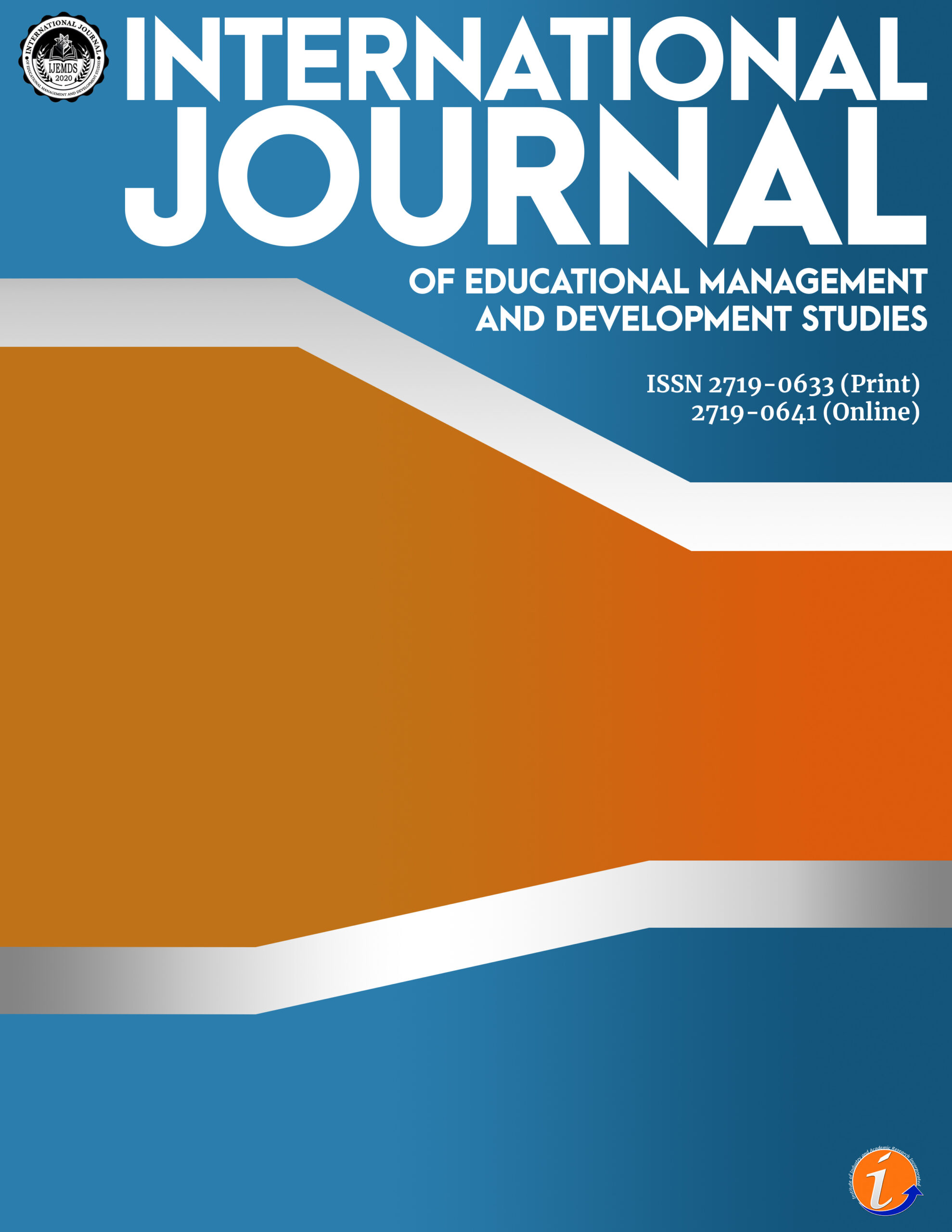Language acquisition may come naturally for people without sensorial disabilities. But for deaf children, language acquisition happens differently and comparably delayed than hearing children. This case study made an in-depth inquiry of the communication skills of the Special Education (SPED) students in one of the community colleges in Quezon Province, Philippines. An English Proficiency Test in the areas of Vocabulary, Grammar, Reading Comprehension, Analysis (Cause and Effect; Making Inferences) and Following Directions was given to the students. A Focus Group Discussion (FGD) was also conducted to gather data regarding problems encountered in their English classes. The gathered data were tabulated using frequency and percentage for the English Proficiency Test, while Conversation Analysis for FGD. The English Proficiency results revealed that Vocabulary, Reading Comprehension and Making Inferences were the three key areas where the respondents exhibit the lowest skills. These facts point out that teaching methods need to be adjusted to suit the needs of the SPED learners because the deaf’s language formation is different in nature with that of the hearing. Thus, the researcher strongly recommends crafting a separate curriculum for the SPED students of the college.
special education, language proficiency, sign language, D/HH
Mary Rose Q. Cabreros. Dalubhasaan ng Lungsod ng Lucena, Lucena City, Philippines. mqcabreros16@gmail.com
Bowers, L., Dostal H., Wolbers, K., and Graham, S. (2018), The Assessment of Written Phrasal Constructs and Grammar of Deaf and Hard of Hearing Students with Varying Expressive Language Abilities, Hindawi Education Research International Volume 2018, Article ID 2139626, pp. 1-10
Bustos, M. P. (2007). Exploring Emergent Literacy Behaviors of Filipino Deaf Children. Retrieved January 12, 2013 from http://www.dlsu.edu.ph/
Campbell, R. et. al., (2007), Sign Language and the Brain: A Review, Journal of Deaf studies and Deaf Education 13:1, 2008, DOI: 10.1093
Chery, K and Gan S. MD, (2020), How the Theory of the Mind Helps Us Understand Others, Psychosocial Psychology, Very Well Mind, Retrieved August 18, 2020 from https://www.verywellmind.com
Chomsky, N. (1965). Aspects of the theory of syntax. Cambridge, MA: MIT Press.
Csizer, K. and Kontra, E. (2020), Foreign Language Learning Characteristics of Deaf and Severely Hard-of-Hearing Students, The Modern Language Journal, 104, 1, (2020), DOI: 10.1111/modl.12630
Domagała-Zyśk, E. (2016). Vocabulary Teaching Strategies In English As A Foreign Language Classes For Deaf And Hard-Of-Hearing Students. In Domagala-Zysk, E. & Kontra, E.H. (Eds.) English as a Foreign Language for Deaf and Hard-of-Hearing Persons: Challenges and Strategies. UK: Cambridge Scholars Publishing
Domagala-Zysk, E. & Kontra, E.H. (2016). English as a Foreign Language for Deaf and Hard-of-Hearing Persons: Challenges and Strategies. UK: Cambridge Scholars Publishing
Easterbrooks, S. R., & Stoner, M. (2006). Using a visual tool to increase adjectives in the written language of students who are deaf or hard of hearing. Communication Disorders Quarterly, 27(2), 95–109. doi:10.1177/15257401060270020701
Fox, A. and Falk, J. (2019), Deaf Children as ‘English Learners’: The Psycholinguistic Turn in Deaf Education, Education Sciences, June 2019, 9, 133; DOI:10.3390
Hall, M., Hall, W. and Caselli, N. (2019), Deaf children need language, not (just) speech, First Language 2019, Vol. 39, DOI: 10.1177/0142723719834102
Heward, W. L. (2012). Exceptional children: An introduction to special education. Boston: Pearson Educational Inc.
Howerton-Fox, A. & Falk, J.L. (2019). Deaf Children as ‘English Learners’: The Psycholinguistic Turn in Deaf Education. Educ. Sci. 2019 2019, 9, 133, pp 1 – 29. DOI:10.3390/educsci9020133
Marschark, M., Shaver, D.M., Nagle, K.M. & Newman, L. A. (2015). Predicting The Achievement Of Deaf And Hard-Of-Hearing Students From Individual, Household, Communication And Educational Factors. Exceptional Children, vol. 81, no. 3, pp. 350–369, 2015.
Obosu, G.K., Opoku-Asare, N.A. & Deku, P. (2016), Access to English Language Acquisition in Ghana Schools for the Deaf: Are the Deaf Students Handicapped, Journal of Education and Practice, Vol.7, No.35, 2016, pp. 17-34
Pinker, S. (1994). The Language Instinct: How the Mind Creates Language. Harvard University Press.
Piaget, J. (1936). Origins of intelligence in the child. London: Routledge & Kegan Paul.
Rosa-Lugo, L. and Ehren, B. (2018), Impact of Escalating Literacy Demands on English Learners With Hearing Loss, Wolters Kluwer Health, Inc, Vol. 38, No. 3, pp. 171–193, DOI: 10.1097
Rowh, M. (2006).Write well, go far. Career World, 34(4), 18–21.
Schick, B. (2014) Social Cognition and Theory of the Mind Retrieved January 8, 2014 from
http://www.handsandvoices.org/
Scott, J.A. & Dostal, H.M. (2019). Language Development and Deaf/Hard of Hearing Children. (In) Peter V. Paul. The Education of d/Deaf and Hard of Hearing Children Perspectives on Language and Literacy Development. Educ. Sci. 2019, 9, 135, pp 22 – 35. DOI:10.3390/educsci9020135
Sollestra, P. (2011). Teaching English for the Deaf from the Eyes of a Hearing Priest. Retrieved April 6, 2015 from https://deafphilippines.wordpress.com/.
Turnbull, A. P., Turnbull III, R., Shank, M., & Leal, D. (2009). Exceptional lives: Special education in today’s schools. Englewood Cliffs, New Jersey: Prentice-Hall Inc.
Cite this article:
Cabreros, M.Q. (2020). English language proficiency profile: A case study of the communication skills of deaf students in the undergraduate program in Quezon, Philippines. International Journal of Educational Management and Development Studies, 1(1), 20-42. https://doi.org/10.53378/345987
License:
![]()
This work is licensed under a Creative Commons Attribution (CC BY 4.0) International License.










